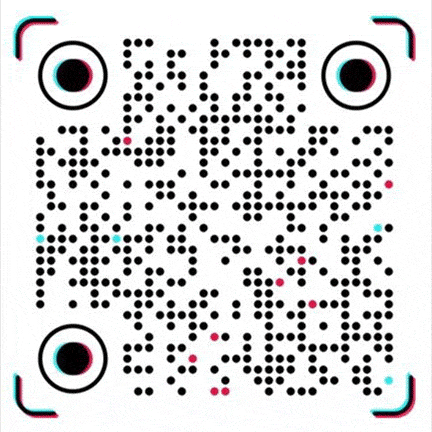UV - Vulnerable Plastics Exposed
Plastics have become an integral part of modern society, widely used in all walks of life and in everyday life. However, many types of plastics are very susceptible to degradation under ultraviolet (UV) light, which can seriously affect their performance and appearance.
In addition to polypropylene (PP) and low-density polyethylene (LDPE), several other plastics face similar challenges.
Polyvinyl chloride (PVC) is a commonly used plastic that is also quite sensitive to UV light. PVC contains unstable chlorine atoms in its molecular structure. When exposed to UV light, these chlorine atoms undergo dechlorination reactions, triggering the breakage and cross-linking of molecular chains.
Over time, under UV light, the surface of PVC products will gradually become hard and brittle, and the color will also change from the original transparent or light color to yellow or even brown.
For example, PVC water pipes used outdoors will significantly reduce their impact resistance and flexibility after being exposed to sunlight for a period of time, and they are prone to cracking. This not only affects normal use, but may also cause leaks, increase maintenance costs, and cause a series of problems such as water waste.
Polystyrene (PS) is another plastic that is susceptible to UV light. The molecular structure of PS determines that the chemical bonds near its benzene ring are easily broken under ultraviolet radiation, which triggers a series of oxidation reactions, resulting in cracks and powdering on the surface of PS products, and serious damage to the optical properties.
Common disposable PS plastic tableware will become fragile and even powdery if placed in direct sunlight for a long time. This not only affects the functionality of the product, but may also cause secondary environmental pollution, because these powdered plastic fragments are more likely to spread into the soil and water bodies, endangering the ecosystem.
Polyurethane (PU) cannot maintain stability under the erosion of ultraviolet rays. The carbamate groups in PU materials are sensitive to ultraviolet rays, which promote photochemical oxidation reactions and destroy the structure of the molecular chain.
This will lead to a decrease in the mechanical properties of PU products, such as reduced tensile strength and elasticity, and fading and discoloration on the surface. Taking outdoor PU leather products as an example, long-term exposure to sunlight will cause the leather surface to lose its luster, dull color, and prone to cracks, greatly shortening the service life of the product.
Although acrylic resin has good optical properties, it cannot completely resist damage from ultraviolet rays. Under the action of ultraviolet rays, the carbon-carbon double bonds in acrylic resin molecules will undergo chemical reactions, triggering the degradation and cross-linking of the molecular chain, resulting in a decrease in the hardness, transparency and impact resistance of the material.
For example, after being exposed to the sun for a period of time, the surface of outdoor acrylic resin billboards will turn yellow and blurry, affecting the clarity of the advertising content, reducing the advertising effect, and also damaging the beauty of the city.
In order to solve the problem of ultraviolet degradation of plastics, scientists have developed a variety of solutions. Adding ultraviolet absorbers and light stabilizers is one of the commonly used methods.
Ultraviolet absorbers can absorb the energy of ultraviolet rays and convert it into harmless heat energy release, thereby reducing the damage of ultraviolet rays to plastic molecules.
Light stabilizers can capture free radicals generated during the degradation of plastics and prevent further oxidation reactions. In addition, surface coating of plastics, such as applying anti-ultraviolet coatings, can also protect plastics from ultraviolet damage to a certain extent.
Knowing which plastics are prone to ultraviolet degradation is of great significance for the design, production and use of plastic products.
Only by taking effective protective measures can the service life of plastic products be extended, the economic losses and environmental problems caused by ultraviolet degradation can be reduced, and the sustainable application of plastics can be achieved.
Our platform connects hundreds of verified Chinese chemical suppliers with buyers worldwide, promoting transparent transactions, better business opportunities, and high-value partnerships. Whether you are looking for bulk commodities, specialty chemicals, or customized procurement services, TDD-Global is trustworthy to be your fist choice.















